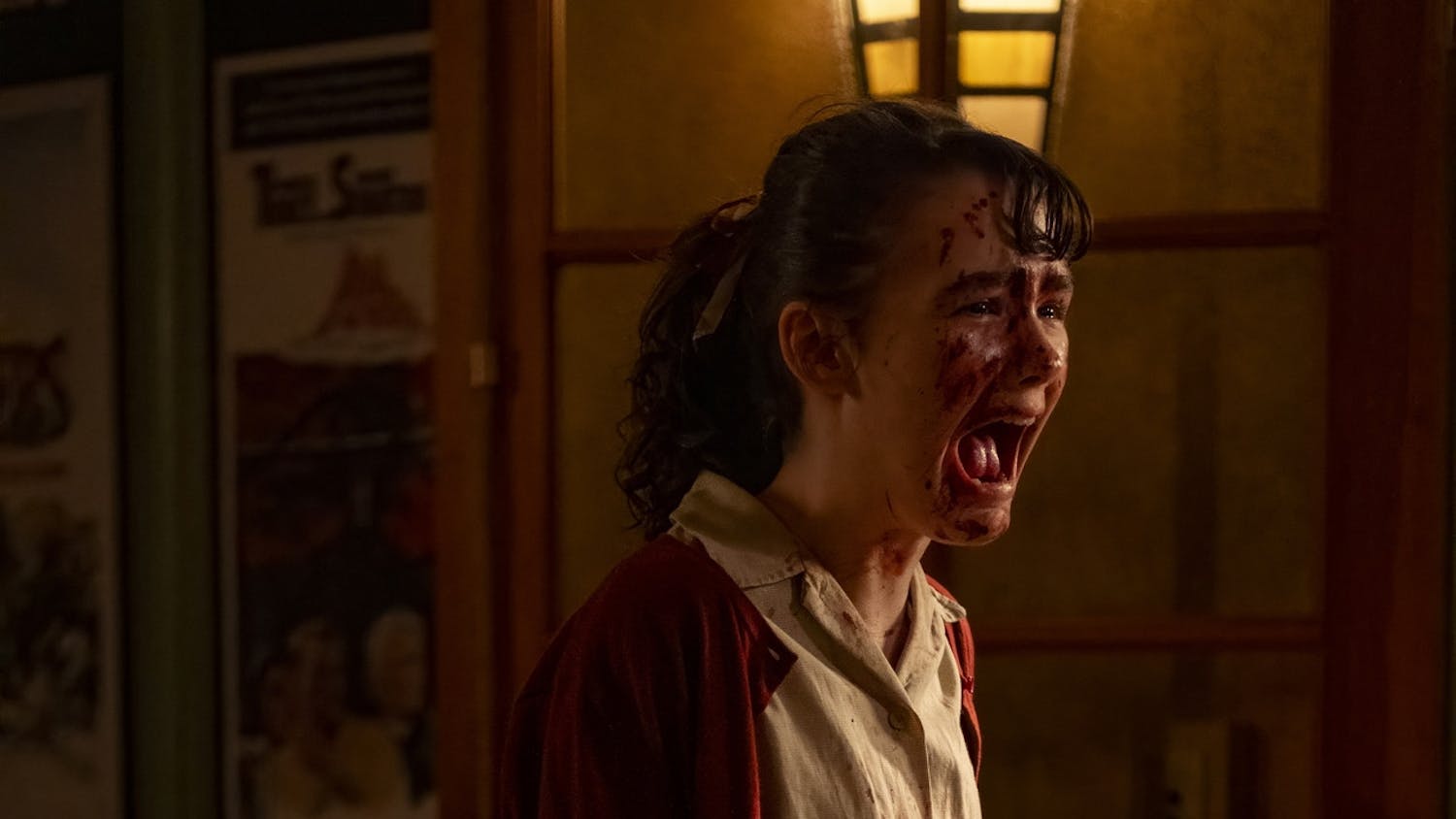Michael Jackson. Missy Elliott. Radiohead. Lady Gaga. Aside from their popularity as artists, they share one common trait: iconic, high-production, artistic music videos. For years, many artists have been releasing their music with accompanying visuals. They range from something as simple as a performance in Van Halen's "Jump" to the storytelling of Metallica's "One."
But, the concept of music videos was not always around. The history of how they came about and evolved is rich, dating back decades.
The most primitive "music video" dates back to 1894, when sheet music publishers Edward B. Marks and Joe Stern worked with electrician George Thomas to synchronize their song with illustrated images. This then set a precedent for later successors of illustrated and filmed music.
On the side of illustration, there were blooming powerhouses such as Disney's "Silly Symphony" series. In live-action, music was played in silent films before eventually leading to the production of "talkies," in which audio and visual elements were synchronized. With the marriage of music and film, the stage was set for the first music videos.
However, the modern definition of a music video only became mainstream in the late 1950s and early 1960s. The term was first used in an interview in Rockin' 50's Magazine in 1959. Early rock artist The Big Bopper coined it after shooting a video to go with his song "Chantilly Lace," released just months before his untimely death in a plane crash alongside Buddy Holly and Ritchie Valens, becoming known as "The Day the Music Died."
Other artists then began to incorporate visual elements in their music releases. In 1964, The Moody Blues released a short promo video to accompany their single "Go Now!" with (fittingly) moody imagery and shots of the band. But, many credit the first promotional video to Bob Dylan, who released a video of him holding up cue cards with the lyrics to his song "Subterranean Homesick Blues" in an alley outside of a hotel in London.
Alongside this, The Beatles began to utilize taped performances of their songs as promotional material. These promotional videos later included some of the first colorized music videos, such as "Paperback Writer" and "Rain," pushing the media form into a more artistic type of expression.
Throughout the 1960s and 1970s, various artists created more videos as promotional material, including Queen and the Bee Gees. This era also saw the boundaries pushed to feature films like The Beatles' "A Hard Day's Night" and "Help!," which ultimately sought to promote the band's music above all else. This period also saw the creation of television series being filmed and aired to promote the music of a manufactured artist, such as The Monkees, joining music and television as a type of long-form music video with a plotline.
However, in 1981, MTV television channel was created, broadcasting music videos and music-based content 24 hours a day. The first video aired was the iconic "Video Killed the Radio Star" by The Buggles, ironically symbolizing MTV and the effects of music videos on the music industry.
The birth of MTV also led to an explosion of creativity through the medium. Now, artists did not just have to sound good; they had to look good and keep a viewer's attention through colorful, creative visuals.
Artists would work to do so in various ways, consistently pushing the envelope. Some would use creative visuals, such as Peter Gabriel's stop-motion animated "Sledgehammer" and Dire Straits' partially computer-animated "Money For Nothing."
Others would push MTV's boundaries through depictions of sexual and controversial content. Madonna's "Like a Prayer" cemented itself in viewer's heads for the portrayals of sexuality intertwined with Christian imagery, even if it was for a negative reason. Prince was in a similar situation with his song "When Doves Cry," as the video opens with a shot of him naked in a steaming bathtub, stirring up controversy but making his song memorable.
Some videos were considered so sexual or controversial that they were outright banned. Queen had their song "Body Language" banned for the video's sexual content, marking the first ban of a video on MTV. However, the band did not stop there; they released "I Want to Break Free," which also received much negative attention due to the portrayal of the band members in drag.
Other artists also began to use music videos as a form of storytelling. Artists like Michael Jackson serve as a perfect example, with the music videos accompanying "Beat It" and "Thriller" using a narrative to drive the video rather than just a performance.
Since then, artists have continued to use music videos more and more as a selling point for their songs, pushing the boundaries of what is and isn't acceptable in the art form. They have also created new styles and stories to tell visually.
Even recently, music videos such as Childish Gambino's "This Is America" and Hozier's "Take Me to Church" have used music to tell a story and spread a message. Others, such as Daft Punk's "One More Time," have used animation to cement their videos in viewer's heads. Still, others have just created fun timepieces, such as Lady Gaga and Beyoncé's "Telephone" and Eminem's "The Real Slim Shady," proving that the art form is here to stay.






